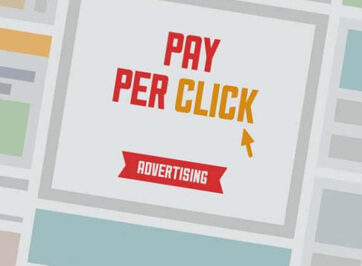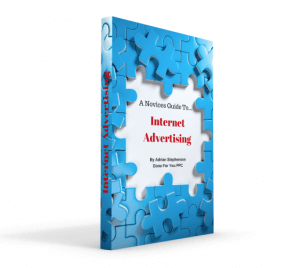PPC works in two ways. At one level it solves problems, at another level it creates them.
For this reason it is critical to advertise in the right medium.
Search Network
On the Search Network (where you go to ‘google’ things), prospects will only find your site if they are actually looking for your product/service in the first place.
All other forms of PPC are trying to catch peoples’ attention. Therefore it follows that people who are not looking for something won’t find it!
If they don’t have an itch, you can’t scratch it.
This means that ‘new to market’ products or services are not really suitable for the Google Search Network. For example if PPC had existed back in 1876 and you were to have typed in the word ‘telephone’ to the Google search engine, you wouldn’t have seen any ads. The telephone wasn’t invented until then, and it took another 10 years before it started to become popular.
The risk of using PPC for an unknown product or service is the cost of clicks. You can spend vast amounts of money buying clicks in trying to find the niche keyword which drives traffic to your site for a new product or service. However this is very much a needle in the haystack strategy, only suitable for delusional optimists.
For SMEs with modest budgets the potential cost per click can be a big deterrent. In certain highly competitive markets with big rewards, it can be eye watering. For example, gambling, claims and compensation, insurance, debt, computing, or utilities are areas for the novice to avoid, with typical costs per click in excess of £20!
Online live roulette is reputed to weigh in at around £75 per click!
Display Network
The Display Network principle is that of advertising on third-party sites. It’s a form of ‘interruption advertising’ whereby surfers come across your product/service by accident (as far as they are concerned) rather than going to look for it.
It is frequently used for brand awareness, with the national and even multinational companies using it to keep their brand in the public eye. Ever seen ads for Virgin on sites as you’ve surfed the net?
To compete with the big boys you’ll need to have very deep pockets, because the cost of prime locations on high traffic websites can be prohibitive. Conversely a large banner ad on ‘Mrs Miggins Pie Shop’ site will be cheap because visitors are minimal.
So, if you have a ‘new to market’ product, this could be the place to start introducing it, especially as you only pay Google if someone actually clicks on your ad.
The Display Network can be a dangerous place for novices though. It is easy to waste a ton of money on ads shown on sites that aren’t within the advertisers target market.
However, specific targeting is available on Google’s Display Network, as it is with Facebook or LinkedIn, and should always be used to achieve laser-like focus.
Google Shopping
This is Google’s price comparison site where product images are shown at the top of the Search network results and also on the Shopping tab.
It stands to reason that if your product is not competitive on price then you are simply not going to get many sales, as it is difficult to get across the concept of value in a price driven marketplace.
Equally if your business sells services it is virtually impossible to advertise on Google Shopping, fundamentally down to the fact that you can’t take a photograph of a service.
However, if you could find a low cost product that buyers of your service would typically use, then selling it on Google Shopping might be a clever strategy after all.
Once on your customer database, what is there to stop you introducing them to what you are really interested in selling?
This trip-wire strategy can also be adapted in the products marketplace. A great example of this was when a seller of high-end guitars sold the cheapest picks (plectrums) on Ebay, just so that he could grow his list of potential customers for his highly profitable guitars.
It’s amazing what a bit of lateral thinking can do to boost sales. Could you devise a trip-wire for your business?





